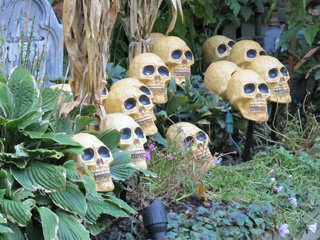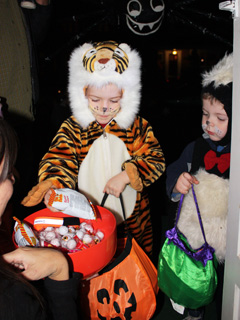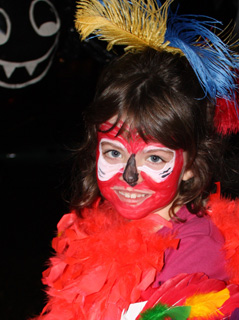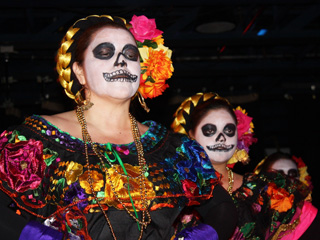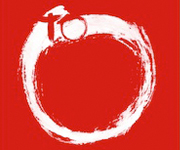18 Oct
For weeks before October 31, many Toronto residents decorate their homes with fresh, carved pumpkins, skeletons, skulls, and ghostly figures.
From dusk to about 9pm on October 31, young children dress up in costumes. They look like ladybugs, princesses, Harry Potter, pirates, vampires — whatever they fancy that’s agreeable with their parents. The kids go door-to-door “trick or treating” with a big bag for the loot. House-dwellers usually oblige by giving them candy or apples.
Schools also celebrate Halloween with costumes and parties. A few adults dress up and celebrate too – but they don’t usually go door-to-door. They have their own gatherings.
Halloween seems to have originated with the ancient Celts. They believed that evil spirits came to terrorize people one day a year. The Celts tried to frighten off these vampires and ghosts by painting their own faces and wearing scary costumes.
The custom developed into the Christian All Hallows Eve. This was the day before All Souls Day, during which Christians prayed for the souls of the departed. Many believed these departed spirits paid them a visit on All Souls Day.
Please correct me if I’m wrong. Halloween is very popular because Toronto youngsters love to pretend they are someone else. They love to collect candy, and they love to be scared by giant spiders, ghosts, and skeletons.
Ghosts are a part of many other cultures too. The Mexican Day of the Dead is celebrated in Toronto. On this day, the living lay out altars with candles, flowers, pictures of the deceased, and water for visiting spirits. They burn incense. It is a way of remembering ancestors, a happy reunion. You will find dancers with their faces painted like skulls and there’ll be special foods.
You can experience such a festival at Harbourfront Centre on November 5 and 6. Last year, at the Artscape Wychwood Barns, a delightful Mexican group put on a play about spirits returning to earth.
The Chinese Festival of the Hungry Ghosts in August is somewhat different. You can see evidence of this festival in Toronto’s Chinese communities. This is a time for the return of spirits of people who have no descendants on earth to worship them. Maybe they never received a proper funeral ceremony. Maybe the spirits are of suicides or criminals disowned by their families. Believers feed them to make them happy so they will not bring misfortune. In Toronto’s Chinatowns, most stores and restaurants have tiny altars. Here, food and incense are left for them. At cemeteries, believers might burn paper money, cars, clothes, etc. to keep these spirits satisfied and happy.
This festival is different from the Chinese Ching Ming in April. Descendants clean family graves then, and share food and drink with their ancestors. Like Mexico’s festival, it’s a happier occasion.
The Japanese commemorate ancestors in their Bon Odori Festival. P. Anne Winter wrote about such a Toronto celebration in her blog: http://bit.ly/p01Y3q . Organizers prepare special foods and decorate parks with lanterns. Everyone can join in the dances.
Zoroastrians or Parsees (India, Iran, etc.) celebrate the ten-day Muktad period in March that honours the dead. Ceremonies are performed for the departed, prayers are recited, and hymns are sung. The spirits return to earth at this time.
I hope someone will tell us more about celebrating the Muktad and other such festivals in Toronto. See: http://zoroastrians.net/?s=muktad . For information on the related Iranian fire festival, click on: http://bit.ly/qN4a9t and http://bit.ly/qwDTaw .

